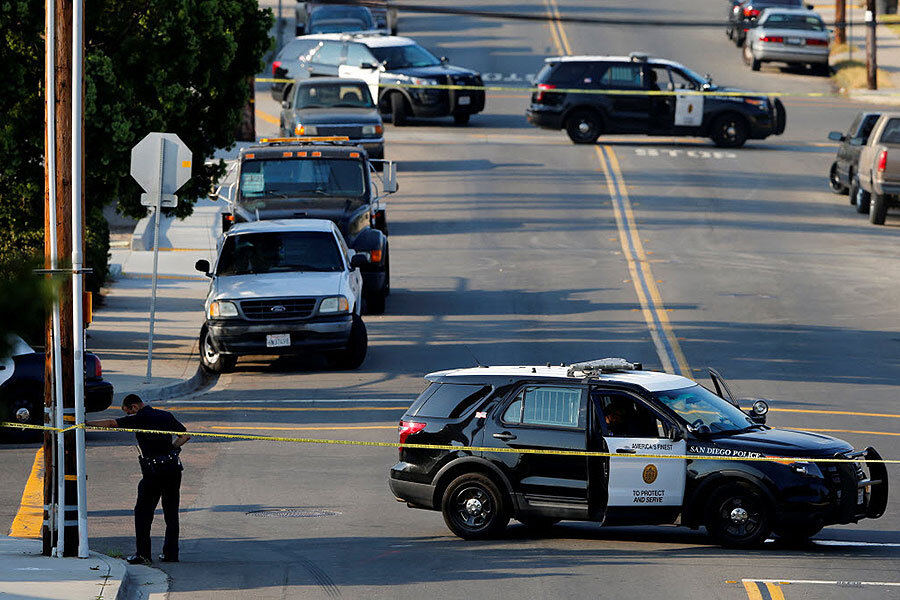CA police begin comprehensive state tracking for use-of-force injuries
Loading...
As scrutiny increases on the nation’s police departments, California is taking steps to promote transparency with an online tool that tracks incidents of police force that result in serious injuries for officers or civilians.
Injuries from broken bones to gunshot wounds resulting from use-of-force incidents are now recorded on URSUS, as the system is called, which transparency advocates hope will serve as a model for other states.
"This is hugely important," Peter Bibring, the director of police practices at the American Civil Liberties Union of Southern California, told the Associated Press. "We're not taking use of force seriously until we're tracking information about every use-of-force incident."
Amid growing attention to police-involved shootings, from Minnesota to North Carolina, the FBI has decided that collecting data on them is a law enforcement priority. Last year, the FBI announced that it would collect use-of-force data and make it public to “dispel misperceptions,” but reporting is voluntary for police departments.
"The troubling reality is that we lack the ability right now to comprehensively track the number of incidents of either uses of force directed at police officers or uses of force by police," then-Attorney General Eric Holder said in January 2015. "This strikes many – including me – as unacceptable."
Under a state law passed last November, all 800 California police departments will be required to report the data through the new system, which launched on Thursday. Previously, only some departments kept their own records.
As police departments around the country come under the spotlight for use-of-force issues, particularly around fatal shootings, many advocates and researchers have highlighted the lack of national data. In March, the American Journal of Public Health released a study suggesting that the US Centers for Disease Control and Prevention's (CDC) use-of-force tracking tool, which covered 32 states, provided a more comprehensive picture than the FBI's system.
NVDRS, the CDC's system that the paper deemed most comprehensive, includes data from law enforcement records, death certificates, medical examinations, and coroners, allowing it to "create narratives" about each incident, James Mercy, the head of the CDC's Division of Violence Prevention in its National Center for Injury Prevention and Control, told The Christian Science Monitor in March.
Black Lives Matter co-founder Patrisse Cullors said that California’s decision is a positive step, and she expects the results to highlight a pattern of racism.
"We live in a culture that perpetuates racism and we need to be able to verify that racism through data," she said. "For the people who continue to deny racial disparities exist in this country, this data will allow us to have those living room and dinner conversations and share facts."
Others such Louis Dekmar, the vice president of the International Association of Chiefs of Police and the chief of Georgia's LaGrange Police Department, say that they expect the data to show how rare injury-causing uses of force are. Chief Dekmar adds that tracking the data in this way can help departments pinpoint trouble areas and find solutions.
Three other states – Texas, Colorado, and Connecticut – require police departments to report use-of-force incidents, but none have systems as comprehensive as California’s. Colorado’s tracking requirements, for example, only include shooting incidents. And none of the three are online.
California’s online tool will only track serious injuries, says the special assistant attorney general in charge of the project, Justin Erlich.
"How do we get enough information where we can really focus on how to improve or inform policy? How do we make sure it's not too big?" Mr. Erlich said. "Capturing stubbed toes muddies the data but not capturing broken bones would be a huge miss."
This report includes material from the Associated Press.








